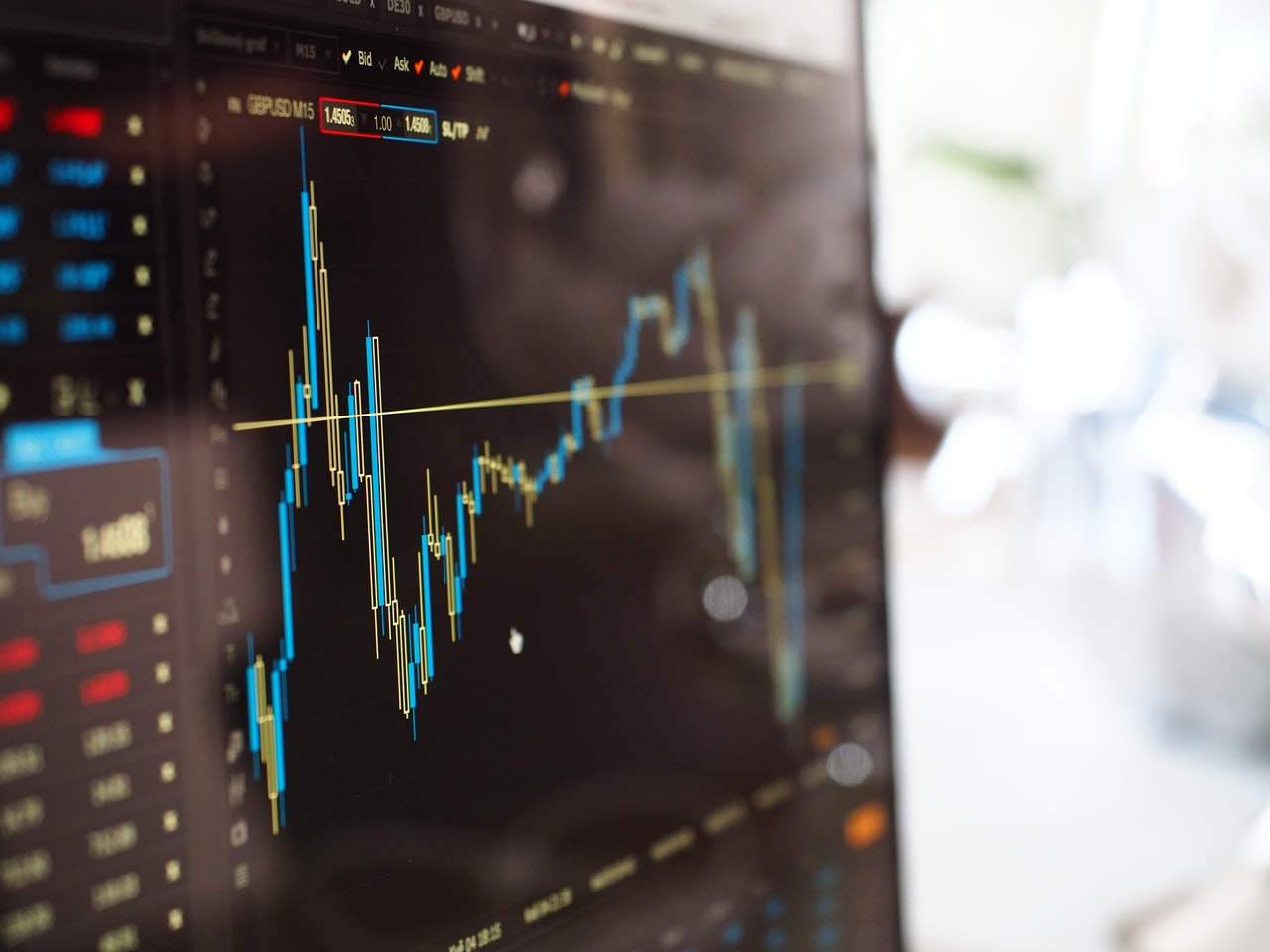tl;dr — zero stays zero forever, but even a fractional amount can grow.
A lot of people got rich from the early days of Bitcoin and Ethereum.
The good news: despite how high the prices have become, we are still in the early days of cryptocurrency.
Many years ago, I bought some BTC and ETH. In 2015, I sold. Sometimes you have to sell.
The argument I’m making here is that even when you have to sell, don’t sell to zero.
As a thought experiment, what if I had kept .05 bitcoin in my account? By today’s pricing, that would equate to $2265 USD. It would have been next to nothing back then.
My suggestion is to adopt this simple strategy: if/when you choose to sell a given token, maintain a non-zero balance of that token. This becomes particularly interesting for those trading multiple tokens and cryptocurrencies.
Maintaining a non-zero balance is a very small change to make, but when you look at the long term benefits, there’s only upside to this strategy. With cryptocurrency, it’s not a case where small fractions amount to pennies and pocket change.
To people on the outside, maybe cryptocurrency still seems like a niche thing where a few people are speculating.
And I suppose there’s some truth to that, but it’s a tremendously unfair conclusion to claim that the volatility should deter the average person from participating. It’s just important for everyone to take a long-term view and not get sucked into the hype.
The volatility in the space speaks to the side of human nature where we expect near-instant results. The suggestion I’m making is that instead of striving to become rich overnight, what about charting a course of a few years instead? Calibrating that way will prevent the kinds of risk-taking that can only end by the speculator losing money.
It’s a new space, so ultimately it is what we make of it. Invest in what you believe in and find other ways of participating as well. Decentralization is a cause worth fighting for.
Yes, cryptocurrency is still volatile. Yes, sometimes the valuation seems high if you look to the past at how things have already multiplied. Forecasting becomes very difficult.
Broadly speaking, there’s tremendous upside for cryptocurrency. We still haven’t even gotten to the point where most merchants are accepting crypto as payment.
Out of curiosity, I poked around to see what the news was like for Bitcoin back in 2015. This one (from 2015 article) stood out as relevant:
‘Man buys $27 of bitcoin, forgets about them, finds they’re now worth $886k”.
So by today’s standards he could probably purchase the rest of the neighborhood.
Or this one, skeptical of the price volatility. “Will bitcoin get any bites in 2015?”
Yes, as it turns out.
When the underlying technology is sound, the founders have a savvy business sense, and the guiding vision and philosophy is good, it’s worth being a part of. And if you are just dipping your feet, the suggestion is to find a way to speculate so that you are getting experience without being exposed to much downside.
Without dishing out investment advice, here are some promising places to start.
Least Effort – Just buy and hold ETH
Go to Coinbase and set up a wallet. Use funds from your bank account or Paypal to buy ETH.
You can leave your ETH in Coinbase and be done with it.
You can easily set up an automatic transfer. Over time, this can yield much better returns than the stock market. Certainly better than a bank account.
All this is very easy to do and takes very little effort to get set up.
Getting Deeper – Use Metamask
Metamask is a browser extension that gives you access to your cryptocurrency whenever you’re using your browser. Metamask is called a wallet, though “wallet” is a confusing term, since your currency isn’t actually contained inside it. Metamask contains your private key. Your currency exists in a ledger on the blockchain and it’s accessible to whoever shows up with that unique private key.
Sound weird? Well, I would argue that fiat currency is already pretty weird. We have accepted it as normal that what we call our money is actually just some entries in a bank’s ledger someplace. With cryptocurrency like Ether or Bitcoin, it’s a decentralized ledger, so while the currency lives on the blockchain, it belongs only to you by way of your private key.
A Bit Deeper – Get a Hardware Wallet
A hardware wallet such as Ledger is somewhat similar to Metamask in that it stores your private key. Whereas Metamask is a browser extension, Ledger is a physical device. The functionality is pretty much the same in that your currency doesn’t live on your Ledger. It lives on the blockchain, but can only be accessed with your private key. Many people use Ledger for long-term asset storage.
Deeper Still – Liquidity Pooling
If you are interested in getting more active (and taking on more risk), the suggestion is to get involved in some defi strategies on Ethereum, Polygon, or elsewhere by doing things like staking your tokens, participating in liquidity pools, and setting up yield farms. There are several DApps that you can use to accomplish this. You can do this via your web browser as long as your currency is in a metamask wallet.
Key Takeaway –> Get Involved
All this is mainly to encourage those who haven’t yet taken the plunge. Decentralized finance is here to stay, and ultimately what it becomes is whatever we make of it. I feel like it’s important for people to participate in ways that line up with their own beliefs for what the future should look like without letting FOMO steer them.
When you need to sell, do yourself a favor and leave a fractional amount in your wallet. You never know what the future will hold!
